SPS Spotlight: Stylophora – Nice And Tough
by Mike Lauderdale
When I first started keeping SPS (small polyped stony) corals, I had done my research. Well, I thought I had, but as it turns out there is always more to learn and SPS corals are not all that forgiving when it comes to learning. It is for this very reason that most reputable retailers will advise that SPS corals are not for the beginning reef keeper. That’s good advice – corals can be expensive and SPS corals in particular can command some high prices. I don’t know too many reef hobbyists who want to throw their money out the window or into the garbage can (or calcium reactor). Don’t let this gloom-and-doom scare you too much though; with a reasonable amount of studying and investment in your system, you can jump into keeping SPS with some species that are bit more “durable” than others. The trick is to pick a coral that can withstand a bit more punishment or variability in your system while you learn.
This month, I’ll cover the beautiful and tough Stylophora Genus. This is a “working-class” SPS. In the wild, Stylophora species are abundant, and inhabit much of the reef habitats across the world. Good thing, too, because they are great at building thick, hard skeletons on those rough areas of the reef where the ocean just pounds them with waves and sunlight beats down at full intensity. Perhaps it is this extreme environment where Stylos grow that makes them a bit hardier than some of the more delicate or deeper water SPS species. That makes them a good choice for reef aquarists who want to start cultivating SPS. But just because Stylos are hardy doesn’t mean that they are not attactive.
Stylophora Species – the details
There are many distinct species of Stylophora that have been identified, but far and away the most prolific is S. pistillata. All other species are quite rare by comparison, and are typically only found in a very specific location.1 The good news for hobbyists is that the durable, hardworking S. pistillata comes in a wonderful variety of shapes and colors that are made possible by the incredible diversity of locations where it is found and typically harvested. Through sexual reproduction, the larvae of S. pistillata are well-equipped to travel vast distances and then colonize successfully, which explains why it is found in such a huge distribution.2 Wild colonies of S. pistillata have been confirmed inhabiting the southwestern coast of South Africa all the way to the far South Pacific. As mentioned, they typically inhabit shallow water reef heads, and are well-known to have a wide range of growth forms, depending on local conditions.
So why should a beginner SPS keeper try a Stylophora? In a word, they are more forgiving. In my experience, Stylos can take punishment that would make other more finicky varieties of SPS turn white and give up. For example, they tolerate minor shifts in water parameters a little better than most Acropora species. They also can win (or at least survive) the occasional “coral deathmatch” that can happen when another coral falls on it or otherwise comes in accidental contact. Also, since Stylos can often take as much light and flow as you can throw at them, they are well suited to tolerate some variable placement conditions in your system. Since they are so adaptable (as evidenced by their wide distribution in the wild), they can survive in a wide range of systemconfigurations (lighting, flow, etc.) that are likely to exist as the new SPS keeper is learning the ropes and saving up for more expensive gear such as LEDs, powerful wave makers, etc. Now, don’t get me wrong; Stylos are still SPS and all SPS require some skill and really good water conditions in order to do well. But as a beginner, you are certainly increasing your odds of success with a hardy Stylophora species.
Quick Stats
Care level: moderate
Lighting: med/high
Placement: low/mid/high
Flow: high
Temperature: 72-76
Alkalinity: 7-9 dKH
pH: 7.8 – 8.3
Salinity: 1.023 – 1.026
Summary
The Stylo has long been a favorite of reef-keepers of all skill levels. It is a truly attractive hard coral that has many different looks. It adapts well to a wide variety of systems and placement and so can be used to complement many different types of systems. Best of all, it is a hardy coral that offers the opportunity for new SPS keepers to keep a beautiful animal in their system while they learn the difficult lessons of husbandry that SPS demand.
References:
1 Australian Institute of Marine Science
2 Animal World
3 World Register of Marine Species
Also, be sure to check out the SPS FORUM at REEF2REEF!
Author
Mike Lauderdale
Mike and Terry have been keeping marine aquariums since 1984. Their most recent build (a 300g SPS dominated reef) was home to a large variety of reef safe fish. They are active members in their local reefing community, members of MASNA and moderators at Reef2Reef. Their freelance writing and photographs have been published in several online and print publications.

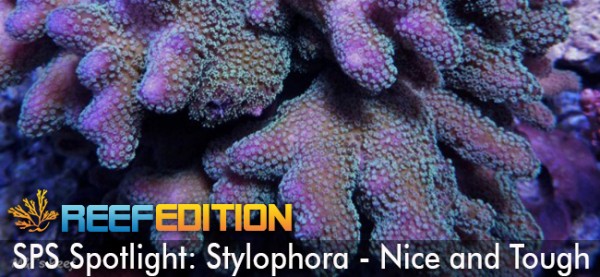
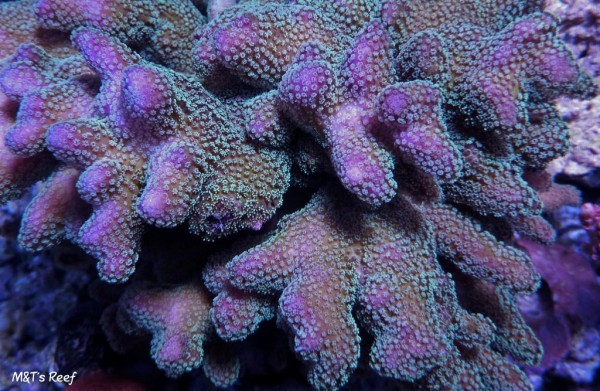
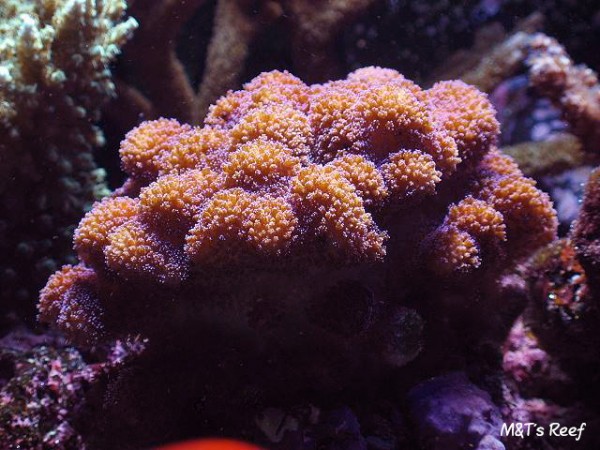

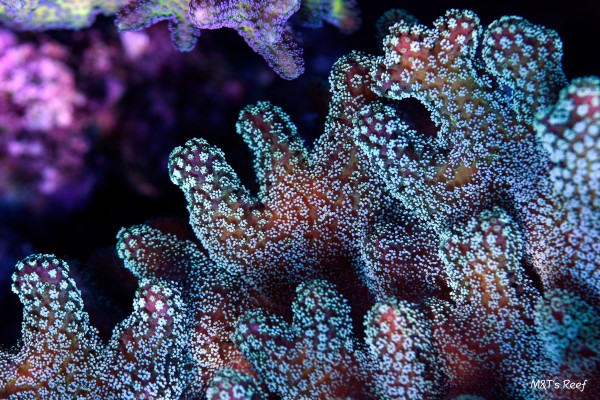
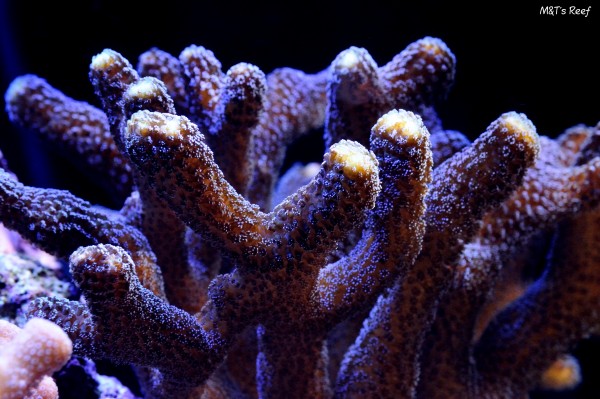
Leave a Reply
You must be logged in to post a comment.